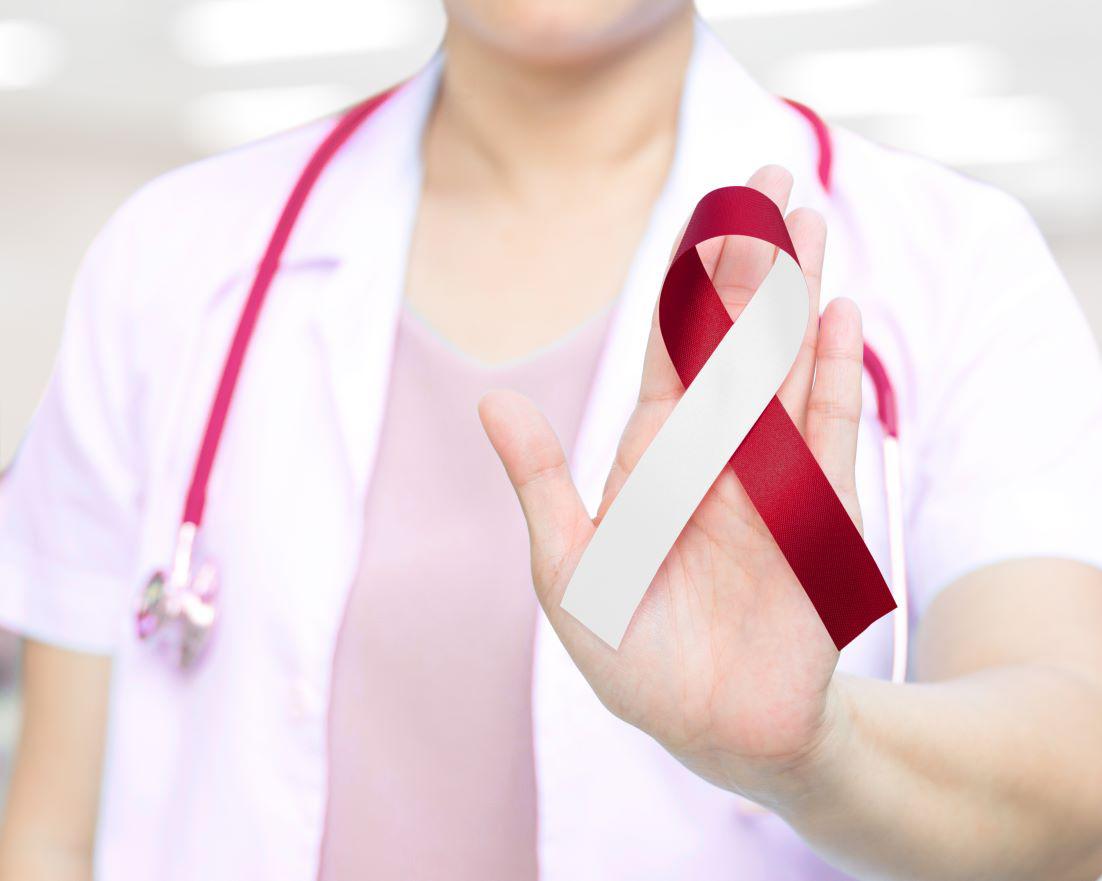 Spring is the season of renewal! Trees are blooming, birds are singing, and…we’re reminding you about the dangers of oral cancer. We know it doesn’t really fit with spring’s eternal feeling of hope and optimism, but April is Oral Cancer Awareness Month and early detection is a beautiful thing.
Spring is the season of renewal! Trees are blooming, birds are singing, and…we’re reminding you about the dangers of oral cancer. We know it doesn’t really fit with spring’s eternal feeling of hope and optimism, but April is Oral Cancer Awareness Month and early detection is a beautiful thing.
The Prevalence of Oral Cancer
The American Cancer Society estimates approximately 54,000 new cases of oral cancer (oral cavity and oropharyngeal cancers collectively) will be diagnosed in the United States this year. Oral cancer is particularly dangerous because it often goes unnoticed in its early stages when it responds most successfully to treatment. Early-stage symptoms frequently appear non-threatening and may present as a white or red patch of tissue in the mouth or a shallow lesion that resembles a common canker sore. Unfortunately, due to late-stage diagnoses, oral cancer is responsible for almost 2% of all cancer deaths in the US, despite accounting for less than 3% of all cancers diagnosed.
Risk Factors
Historically, the primary risk factors associated with oral cancer have been age (the average age at diagnosis is 62 years), tobacco use, excessive alcohol consumption, and the combination of the two (the risk being greater for people who use both tobacco and alcohol).
However, recent data shows that the fastest growing segment of the oral cancer population is non-smokers under the age of fifty. And, according to the Academy of General Dentistry, a quarter of cases have no risk factors for cancers of the mouth (i.e. tobacco or alcohol use). This shift coincides with an overall decline in smoking and an increase in the number of younger people diagnosed with oral cancer related to human papillomavirus number 16 (HPV16), a disease transmitted through sexual contact.
The Good News
Awareness is key to early detection and treatment. When diagnosed at an early stage, the overall 5-year survival rate for people with oral cancer is 85%. To help increase the public’s knowledge of oral cancer and the role self-exams can play in early detection, the Oral Cancer Foundation launched www.checkyourmouth.org. This website is packed with great information, including a how-to video on self-screening.
Prevention
Aside from avoiding tobacco and excessive alcohol consumption, early detection is key. Patients should contact our dental team if they experience any of the following symptoms for longer than two weeks:
- A sore that bleeds or doesn't heal
- A growth, lump, or thickening of the skin or lining of your mouth
- Tongue pain or numbness
- Jaw pain or stiffness
- Difficulty or painful chewing, speaking, or swallowing (the sensation of food getting caught in your throat)
- Prolonged hoarseness
- Numbness in the oral / facial region
- Persistent earache in the same ear
- Loose teeth with no apparent dental cause
Oral cancer screening is one more reason regular dental check-ups are vital to overall health. Not only do we examine the general health and appearance of your teeth, but also of your oral tissues. This is important because tissue changes in the mouth that might signal the beginnings of cancer often go undetected to the untrained eye but can be seen and felt easily by dental professionals.
It’s also critical for patients to have an open line of communication with their dental practice. Be sure to let us know if you’ve experienced any changes in your medical history - even if you think it’s not important. This is also where patient transparency comes into play. Be honest about your tobacco and alcohol usage; we’re not here to judge!
Contact Our Office
If you're experiencing any of the symptoms noted above or think you're at risk for oral cancer, our team is here to help. Contact our practice to schedule an appointment.

